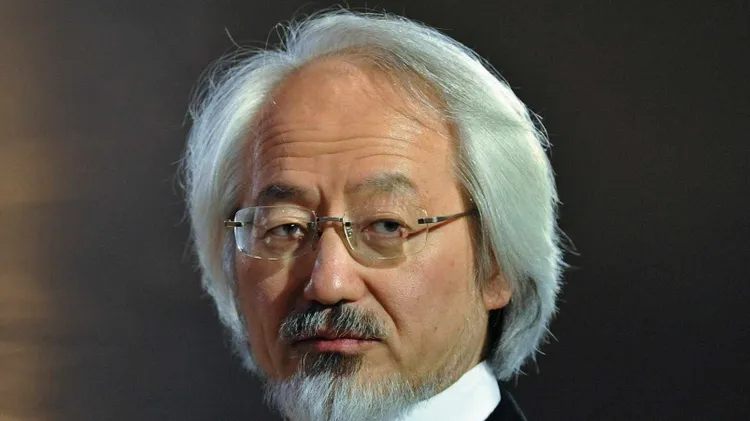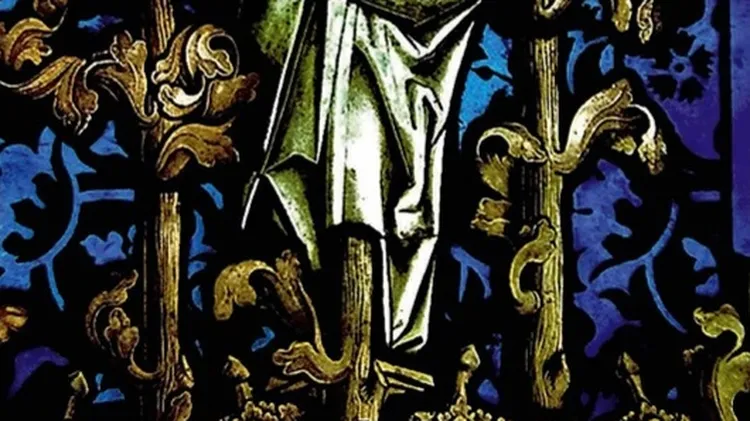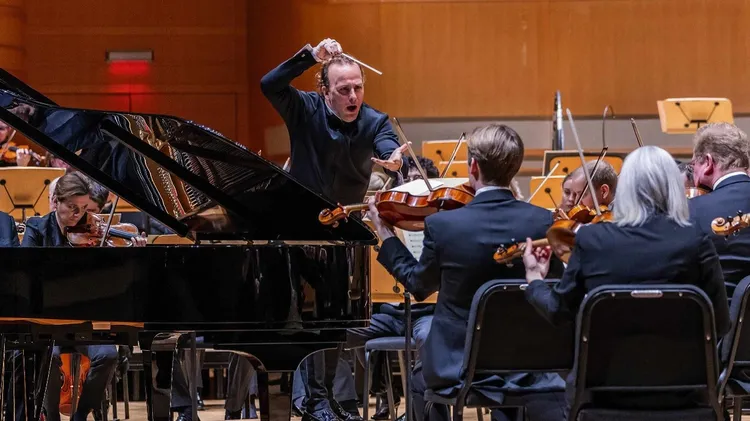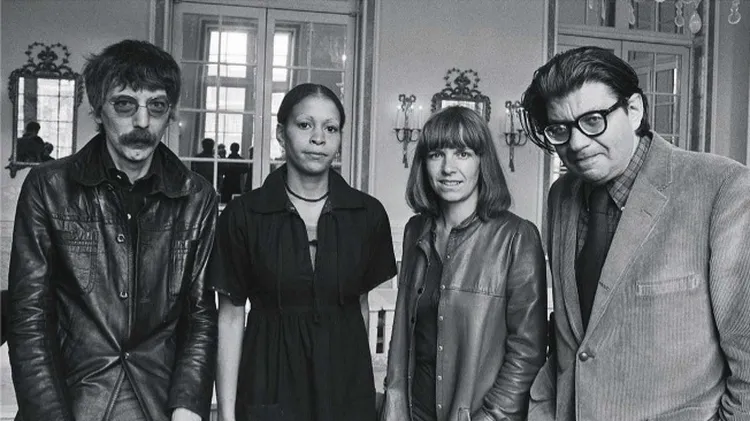A bit of mozart magic nikolaus harnoncourt’s visits to salzburg are the focus of this rather fascinating new release
2 min read
This article is from...
Read this article and 8000+ more magazines and newspapers on Readly






